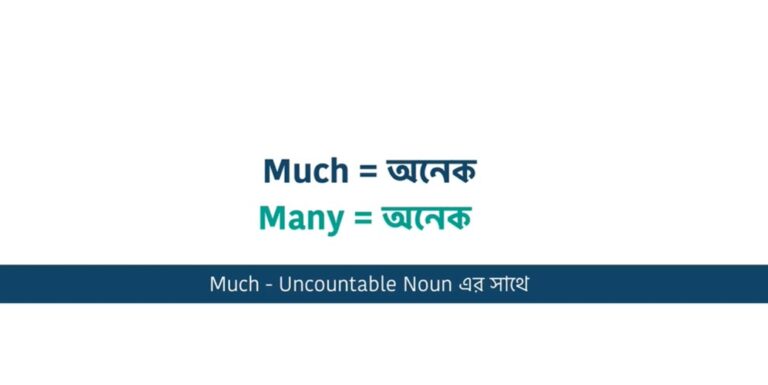Incorrect Use of “Me” and “I” in English||Me এবং I এর ব্যবহার
Incorrect Use of “Me” and “I” in English||Me এবং I এর ব্যবহার The incorrect use of me and I is another common mistake. These two words are personal pronouns, but they are used differently depending on whether the pronoun is the subject or the object in the sentence. Rule: I is used as the subject…


